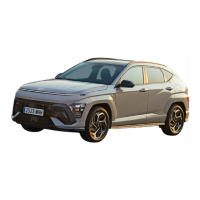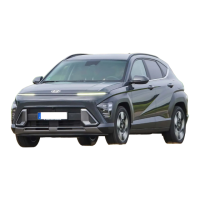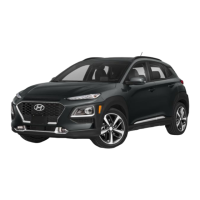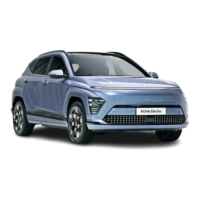Driving Your Vehicle
6-46
if equipped
All Wheel Drive (AWD)
Type A
2C_4WDLockButton
Type B
2C_4WDLockButton_2
The All wheel drive (AWD) system delivers
engine power to all front and rear wheels
for maximum traction. AWD is useful
when extra traction is required on roads
such as slippery, muddy, wet, or
snow-covered roads.
AWD may also be used for occasional
off-road use such as established unpaved
roads and trails. Always reduce the speed
to a level that is appropriate for those
conditions.
To reduce the risk of serious injury or
death:
• Do not drive in conditions that exceed
the vehicle's intended design such as
challenging off-road conditions.
• Avoid high speeds when cornering or
turning.
• Do not make quick steering wheel
movements, such as sharp lane
changes or fast, sharp turns.
• The risk of a rollover is greatly increased
if you lose control of your vehicle at
highway speeds.
• Loss of control often occurs if two or
more wheels drop off the roadway and
the driver over steers to reenter the
roadway.
• In the event your vehicle leaves the
roadway, do not steer sharply. Instead,
slow down before pulling back into the
travel lanes.
• Do not drive in water if the water level is
higher than the bottom of the vehicle.
• Check your brake condition once you
are out of mud or water. Depress the
brake pedal several times as you move
slowly until you feel normal braking
condition return.
• Shorten your scheduled maintenance
interval if you drive in off-road
conditions such as sand, mud, or water
(refer to the "Maintenance under
severe usage and low mileage
conditions" section in Chapter 9).
• Always wash your vehicle thoroughly
after off-road use, especially the
bottom of the vehicle.
• Make sure that a full time AWD vehicle
is towed by a flat-bed tow truck.
Hyundai_SX2_en_US.book Page 46

